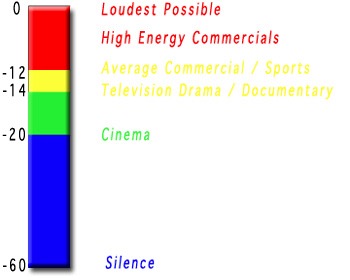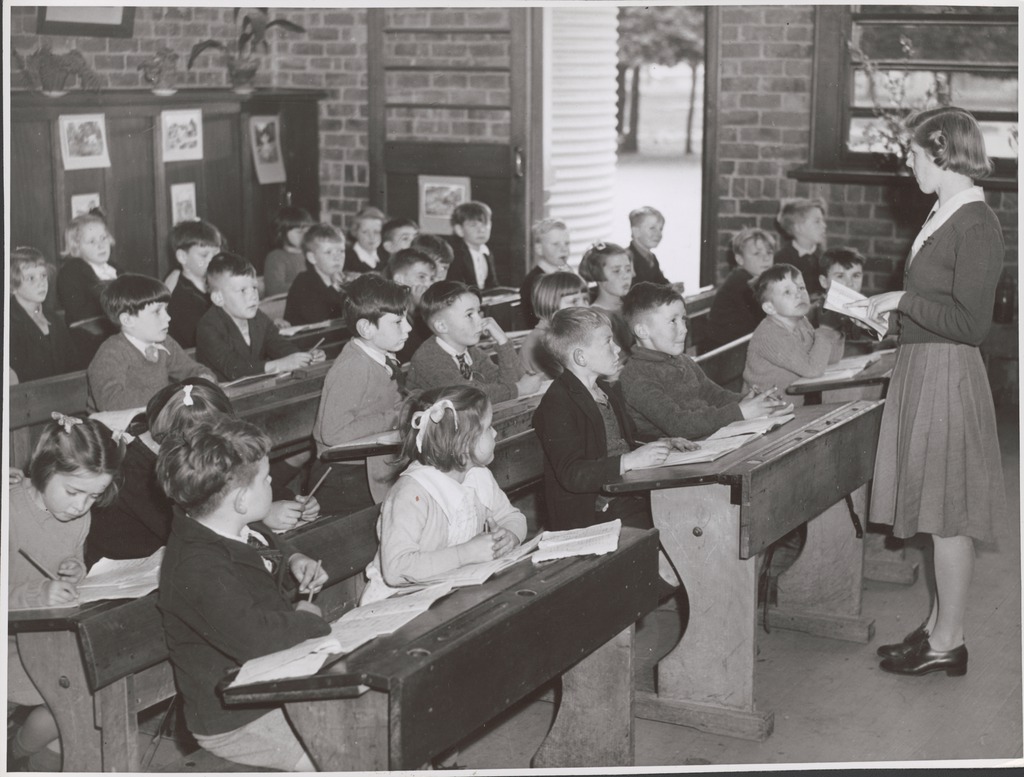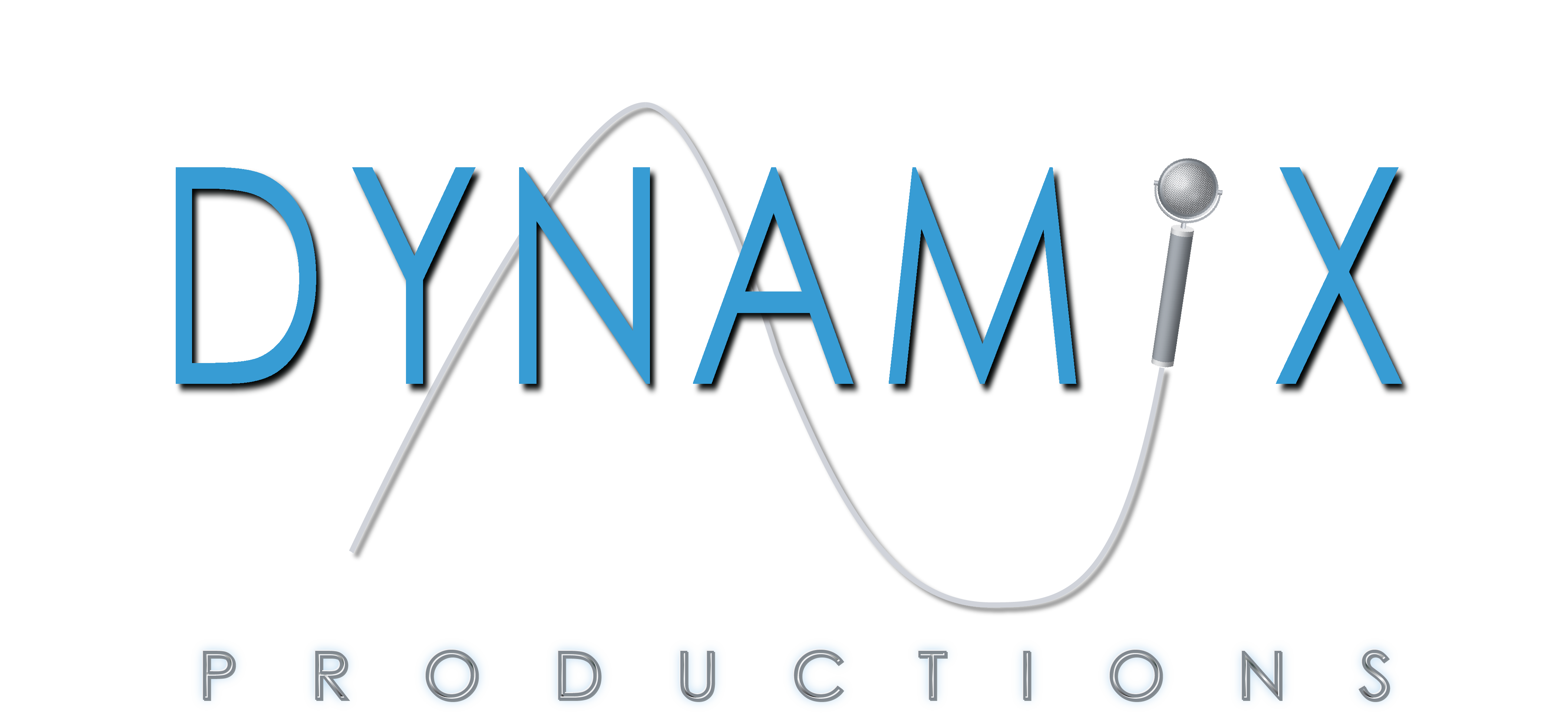Turn it Down!
Aug 01, 2012 01:09 PM Filed in:
Did You Know?
Turn it Down!
The volume is getting turned down on television commercials. What does that mean for you, the producer or advertiser? Well, you can still scream all you want, but you just won't be louder than the latest installment of a Fast and Furious movie. The CALM Act (The Commercial Advertisement Loudness Mitigation Act, 2011) that President Obama signed into law last December mandates that TV stations and networks reduce the volume of commercials to match the program level. How will they comply? The simplest method is to install equipment that automatically balances the commercials with the program. However this solves one problem and creates another - the perception of loudness remains, even though the volume is lower. This is all because of "dynamic range," or lack thereof.
Let's say you have a one-gallon bucket sitting on your lap as you race your Fast and Furious hot rod through the streets of Tokyo. However, it's not water that's in that bucket - it's hydrochloric acid. And you must have the bucket as full as you can without spilling any acid. If you fill it to the rim, you'll surely spill it, so you opt for half full because of your wild race. The acid wildly splashes around inside the bucket's free space but doesn't land in your lap. This "free space" is called headroom in the audio world. It's how much audio space you have above the average dialog for things like sound effects and music to peak. This creates more impact between the elements, and is closer to the way we hear real life sounds. Movies and television dramas use this space very effectively. But when a commercial comes crashing in, it's occupying ALL of this free space, with very little headroom. It's like taking a pit stop and having a bucket completely full of acid put in your lap.
It's pretty unfair to fully burden the broadcasters with policing the sound levels. It starts with producers, recording studios, and advertisers to not fill that bucket up in the first place. The biggest challenge we engineers have when mixing commercials is how to squeeze voice, music and effects into a very small space where everything is loud. If we expand the dynamic range from the start by lowering the narration, then our commercials should better blend with the program. Let's calm things down and take a nice Sunday afternoon drive in the country instead.
Dynamix Tech Notes
How do we know where to put sound levels when mixing? The average dialog level is placed at a certain volume depending on where the program will be heard, such as movie theater, DVD, or television. This "average" level is measured using a slow-moving audio meter. OK, you're going to have to think in reverse to understand the next part. The meter we use has a scale from 0 (loudest) to about -60 (silence). Average cinema dialog usually rides around -20. The average television program averages -14 (this is louder than -20), with commercials and sports around -12 (slightly louder than -14). The reason cinema's lower is to have more headroom for sound effects. Also, theaters are able to handle the higher levels because of their robust sound systems.
Sometimes commercials are mixed with an average dialog level between -6 and -10, significantly louder than television programs. Both commercials and programs are still within limits, but the commercials are pounding the loudest portions of the scale. This limited dynamic range is why it's so difficult to fit narration, sound effects, and music into this tight space.

Neil Kesterson





